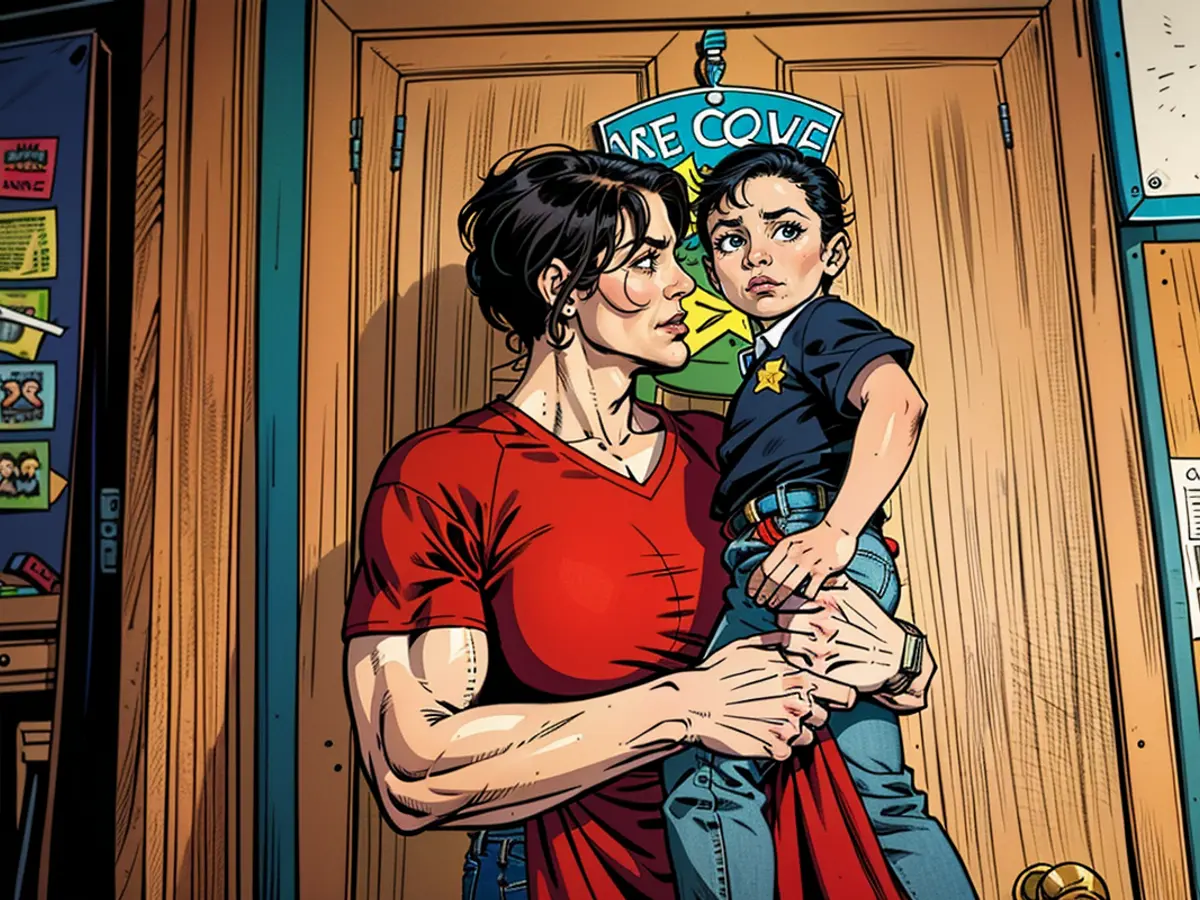Harris proposes to cap child care expenses at a maximum of 7% of a family's earnings.
Harris declared that she aims to ensure no family pays more than 7% of their income on child care, echoing an initial goal of the Biden administration. She didn't disclose the methods or funding for achieving this target or the pricey initiative.
At a National Association of Black Journalists event, Harris stated this, noting the financial struggle many parents face due to exorbitant child care costs. The 7% limit was an early focus of the Biden administration. President Biden's unsuccessful 2021 'Build Back Better' plan wanted to confine child care expenses for families with children under six to 7% of income, for those earning up to 250% of the state median income. This would have granted access to approximately 20 million children, with funding lasting six years.
This proposal, along with a universal pre-K proposal, was estimated to cost $382 billion, according to the Congressional Budget Office. Being thwarted by Congress on a broader plan, the administration implemented a 7% cap for low-income families benefiting from federal child care subsidies earlier this year. It is estimated to lower costs for about 100,000 children, as stated by the Department of Health and Human Services.
The rule, Harris announced, also included incentives for more providers to participate in the federal grant program. Moreover, Harris highlighted the necessity for child care providers to receive fair wages due to the worthiness of their work.
When inquired about her current plan, a Harris campaign representative referred to the administration’s rule.
Child care advocates welcomed Harris' remarks, citing her prior support for this threshold. Melissa Boteach, vice president of child care and income security at the National Women’s Law Center Action Fund, voiced her approval, mentioning Harris' reputation as a powerful advocate for child care and early learning and her awareness of the hardships parents face in locating and affording care, as well as providers struggling to earn a living wage.
Unaffordable care
Child care poses a significant financial burden for many American families. A report from Child Care Aware of America published in May revealed that in 11 states and the District of Columbia, families with two children in child care centers paid, on average, over twice as much for child care as they did for typical rent.
Nationwide, the annual cost of child care rose to $11,582 per child in 2021. This equates to 10% of median household income for a family with children and 32% of median income for a single parent with children, as per the report.
Trump and Vance’s proposals
Child care has gained political attention recently. At an economic forum two weeks ago, when asked about making child care more affordable, Trump suggested that his plan to raise tariffs would generate enough revenue, without clarifying how this would benefit families.
“We'll be bringing in trillions of dollars. And despite child care being often discussed as expensive, it's comparatively less so than the substantial revenue we'll gain,” Trump said in comments at the Economic Club of New York.
Vance was also questioned about reducing day care costs.
“Perhaps family members like grandparents or aunts and uncles could contribute more. Or possibly there's an individual in the extended family who desires to help out a little more,” Vance said at a campaign event in Arizona.
Recognizing that not all families can rely on family, Vance acknowledged that the current child care system has issues. He pointed out that many people who wish to work in the industry are obstructed either because they lack the necessary education or because the state government imposes burdensome certifications that have nothing to do with caring for children.
At the event, Harris emphasized the importance of politics in addressing the high cost of child care, stating that addressing this issue requires political will and support. Moreover, she noted that the affordability of child care is a political concern that affects many families across the country, especially lower-income families.








